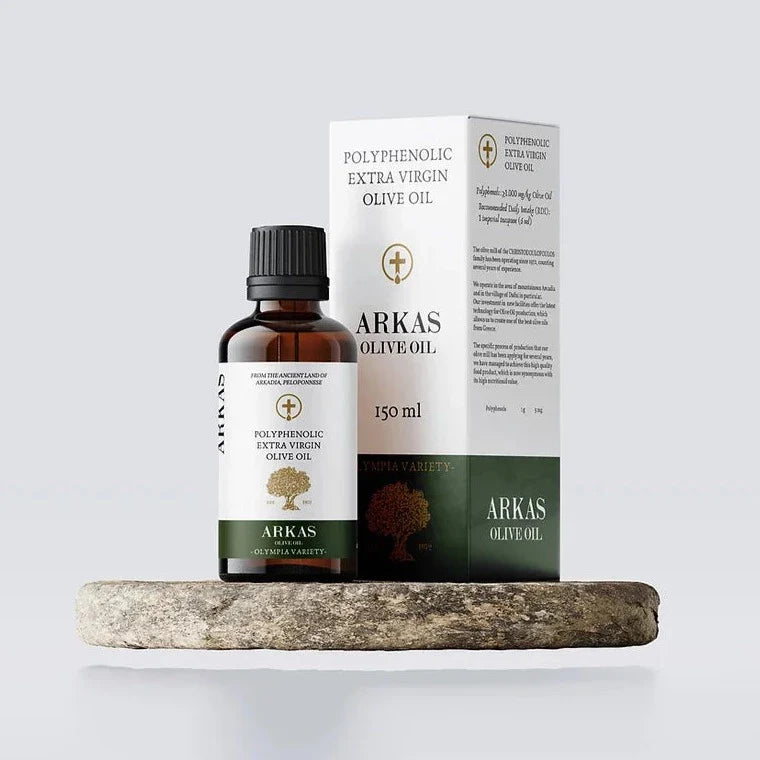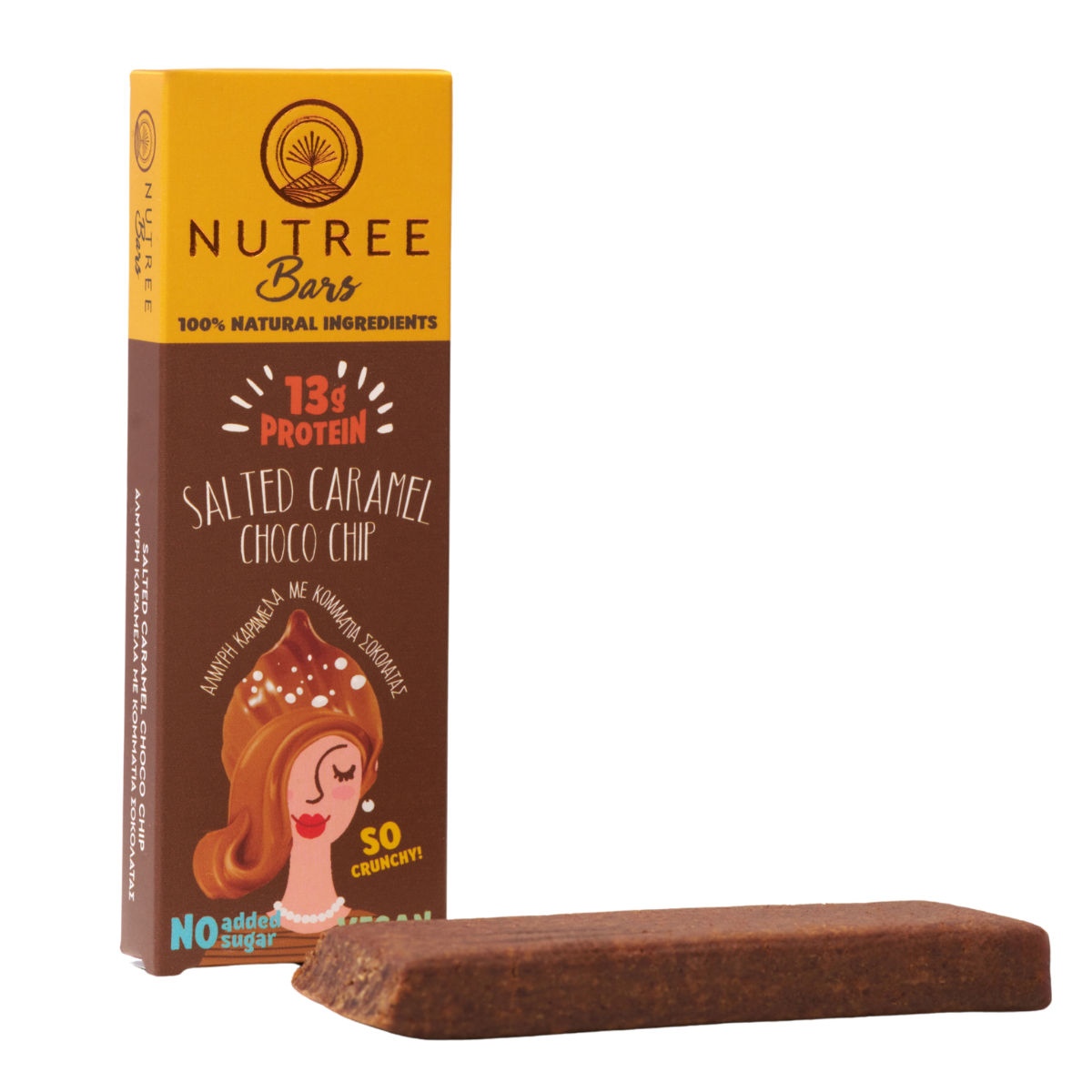Sweet but Smart: How Blue Zone Diets Master Sugar Moderation for Longevity
What if the secret to a longer, healthier life wasn’t eliminating sugar, but understanding the profound difference between how it's consumed in a standard Western diet versus a longevity diet?
Blue Zones — regions with a high prevalence of centenarians — offer a powerful lesson: sugar is present, but it is limited, natural, and intentional.
Their practices are less about restriction and more about the strategic consumption of whole foods, a principle strongly supported by nutritional science .
1. The Blue Zone Sugar Principle: Moderation Defined
While diets vary across Okinawa, Sardinia, Nicoya, Ikaria, and Loma Linda, a unifying principle is extremely low consumption of added sugars. The Blue Zones dietary guidelines explicitly recommend consuming only 28 grams (7 teaspoons) of added sugar daily .
This is not achieved by counting calories but by a dietary pattern centered on whole foods:
- Sweets are celebratory, consumed only 2–3 times per week, not daily .
- Processed desserts are rare. Instead, satisfaction comes from whole fruits, a drizzle of honey, or a small, homemade treat enjoyed socially.
- This aligns with WHO guidelines that recommend reducing free sugars to less than 10% of total energy intake, with further benefits seen at under 5% .
2. Natural vs. Free Sugars: The Critical Difference
The Blue Zones diet exemplifies the WHO's advice by focusing on the source of sweetness. The key distinction lies in "free sugars" versus sugars intrinsic to whole foods.
- Free Sugars: These include all sugars added to foods by manufacturers, cooks, or consumers, plus those naturally present in honey, syrups, and fruit juices. The body metabolizes these rapidly, and they are a primary concern for health organizations .
- Sugars in Whole Fruits: These are not considered "free sugars" when the fruit is whole. The co-ingestion of fiber significantly slows down sugar absorption, preventing sharp blood glucose spikes and providing essential vitamins and antioxidants .
Blue Zone diets are rich in whole fruits but low in free sugars, a pattern proven to threaten nutrient quality and increase the risk of unhealthy weight gain .
3. The Science of Moderation: Why This Approach Promotes Longevity
The health outcomes in Blue Zones are not coincidental. They are a direct result of a dietary pattern that minimizes metabolic stress.
- Reduced Disease Risk: High consumption of added sugar is directly linked to obesity, type 2 diabetes, and heart disease. A study estimated that reducing added sugar in the US could prevent millions of cardiovascular events and cases of diabetes . Blue Zones practices naturally avoid this risk.
- Cellular Aging: Emerging research suggests dietary patterns like those in Blue Zones may influence longevity at a cellular level. Diets high in antioxidant-rich plants and low in processed foods (and their added sugars) are associated with reduced oxidative stress and inflammation, which are key factors in preserving telomere length—a marker of cellular aging .
- Gut Health & Satiety: The high fiber content of a plant-slant diet, which includes whole fruits, vegetables, and beans, supports a healthy gut microbiome and promotes feelings of fullness, naturally curbing the overconsumption of sugary foods .
4. The Lifestyle Ecosystem: More Than Just Food
Sugar consumption in Blue Zones cannot be divorced from its context. The lifestyle surrounding food choices is equally critical.
- Mindful Eating: Practices like the Okinawan "Hara Hachi Bu" (eating until 80% full) prevent overconsumption of all calories, including sugars .
- Social & Occasional: Sugar is often tied to social rituals and celebrations, not daily stress or mindless snacking. This transforms it from a dietary staple into an intentional experience.
- Constant Movement: Regular, low-intensity physical activity like walking and gardening helps regulate blood sugar levels naturally, improving metabolic health .
5. RealFUEL+: Aligning with Blue Zone Wisdom
At RealFUEL+, our product philosophy is sourced around these same evidence-based principles of intelligent fueling.
- Honey as Functional Fuel: Like in Ikaria, where honey is a valued natural sweetener, our Nomad Honey Gels use organic premium honey not just for taste but as a source of carbohydrates paired with functional ingredients like amino acids and nitrates for sustained energy release, not a mere sugar spike.
- Whole-Food Ingredients: Our Nutree Adoraballs & Crunch Bars prioritize sweetness from dates paste, and other whole foods, avoiding the isolated syrups and refined sugars found in conventional snacks. They deliver fiber, protein, and healthy fats to balance energy metabolism.
- Mediterranean Staples: Products featuring Extra Virgin Olive Oil (EVOO), figs, and currants are direct reflections of the Sardinian and Ikarian diets, which are rich in polyphenols and antioxidants linked to reduced inflammation and improved cholesterol levels .
We believe in providing macronutrient-rich, plant-based energy that supports performance and longevity, mirroring the food patterns of the world's healthiest populations.
Conclusion
The Blue Zones offer a sustainable, science-backed model for a healthy relationship with sugar. It's a paradigm shift from seeing sugar as a daily additive to understanding it as an occasional, whole-food-derived pleasure within a lifestyle of movement and connection.
By choosing to fuel with purpose and quality—with products designed around these proven principles—you invest in a strategy that supports not just immediate performance, but long-term vitality.
Ready to fuel the Blue Zone way? Explore RealFUEL+’s range of products, designed for performance without compromise.
References:
- Blue Zones LLC. (2020). Food Guidelines. Blue Zones. Retrieved from https://www.bluezones.com/recipes/food-guidelines/
- World Health Organization (WHO). (2023). Reducing free sugars intake in adults to reduce the risk of noncommunicable diseases. WHO Elena Initiative. Retrieved from https://www.who.int/tools/elena/interventions/free-sugars-adults-ncds
- Mohol, P., Ghosh, A., & Kulkarni, S. (2025). Blue Zone Dietary Patterns, Telomere Length Maintenance, and Longevity: A Critical Review. Current Research in Nutrition and Food Science. https://www.foodandnutritionjournal.org/volume13number2/blue-zone-dietary-patterns-telomere-length-maintenance-and-longevity-a-critical-review/
- Poulain, M., et al. (2025). Blue Zone, a Demographic Concept and Beyond. PMC. https://pmc.ncbi.nlm.nih.gov/articles/PMC12119521/
- Harvard Health Publishing. (2021). What are added sugars, and how can you reduce them in your diet? Harvard Medical School. Retrieved from https://www.health.harvard.edu/nutrition/what-are-added-sugars-and-how-can-you-reduce-them-in-your-diet
- World Health Organization (WHO) Europe. (2022). Sugars Factsheet. WHO Europe. Retrieved from https://www.who.int/europe/publications/m/item/sugars-factsheet
- Buettner, D. (2020). Food Secrets of the World's Longest-Lived People. Blue Zones. Retrieved from https://www.bluezones.com/2020/07/blue-zones-diet-food-secrets-of-the-worlds-longest-lived-people/
- McManus, K. D. (2021). Sugar: How sweet it is... or is it? Harvard Health Blog. Retrieved from https://www.health.harvard.edu/blog/sugar-how-sweet-it-is-or-is-it-202109272604
- Everyday Health. (2024). What Is the Blue Zones Diet? A Detailed Beginner's Guide. Everyday Health. Retrieved from https://www.everydayhealth.com/diet-nutrition/a-complete-blue-zones-diet-food-list-and-meal-plan/
- AGES. (2025). WHO Sugar Recommendations. AGES. Retrieved from https://www.ages.at/en/human/nutrition-food/nutrition-recommendations/who-sugar-recommendations
Disclaimer: This article is for informational purposes only and does not constitute medical advice. Always consult with a healthcare professional before making significant changes to your diet.



